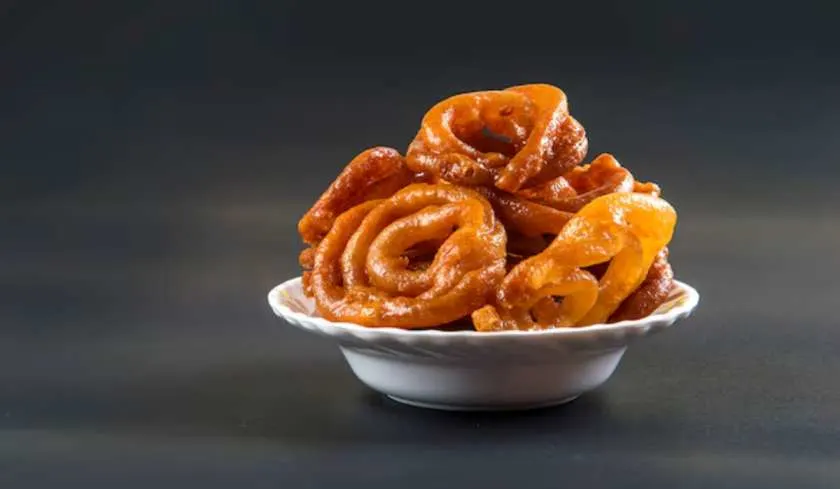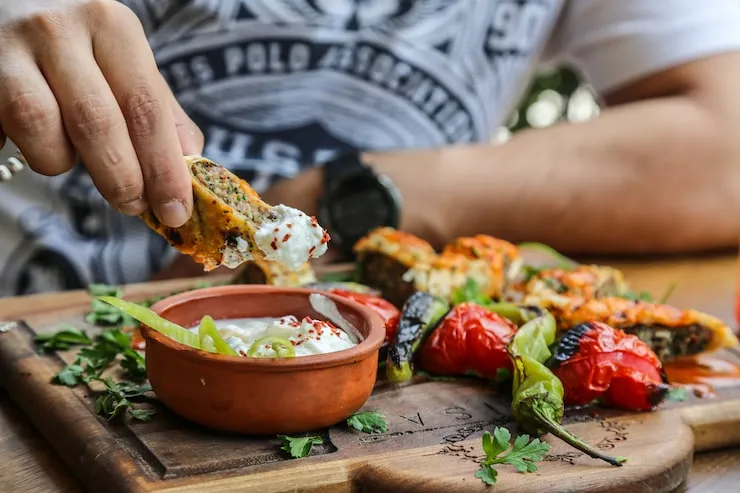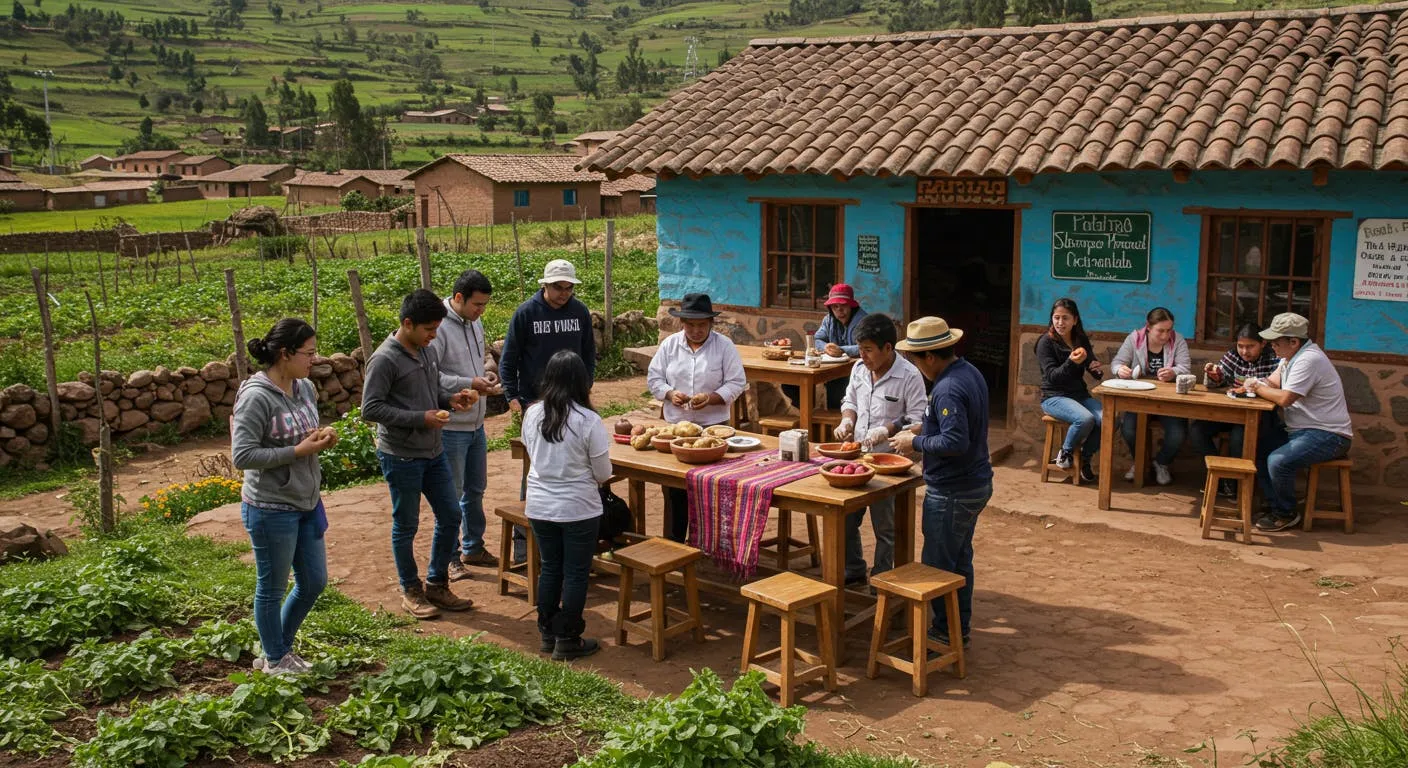Jalebi is a popular Indian dessert. It is known for its spiral shape and sugary crunch. However, in Jaunpur, Uttar Pradesh, Imarti is another beloved sweet. It is often called "Jaunpur's reply to the Jalebi." This delicacy is more than just food. It is a cultural symbol and a cherished tradition. It represents a sweet legacy passed down through generations.
Imarti has golden-orange loops. These are crisp on the outside and juicy inside. Its flavor differs from Jalebi. Let's explore this magical sweet. We will examine its origins and preparation. We will also discuss its cultural significance. Finally, we'll see why Jaunpur is proud of this special treat.
The Sweet Identity of Uttar Pradesh
Why Uttar Pradesh is called the land of sweets
Uttar Pradesh has always been a hub of culinary traditions, particularly sweets. From Mathura’s peda and Varanasi’s malaiyo to Lucknow’s rewri and Kanpur’s sohan halwa, each region offers a specialty that reflects local flavors and culture. The people of UP believe that celebrations are incomplete without mithai, making sweets an integral part of daily life and festivals.
Read More: Banarasi Kheer: A Creamy Bowl of Tradition
Popular traditional sweets from UP
- Mathura ka Peda – Rich, caramelized milk-based sweet.
- Banarasi Malaiyo – A frothy winter delicacy.
- Balushahi – A crispy, flaky treat soaked in syrup.
- Rewari and Gajak – Winter favorites made with sesame and jaggery.
- Imarti – Jaunpur’s pride and a rival to the famous jalebi.
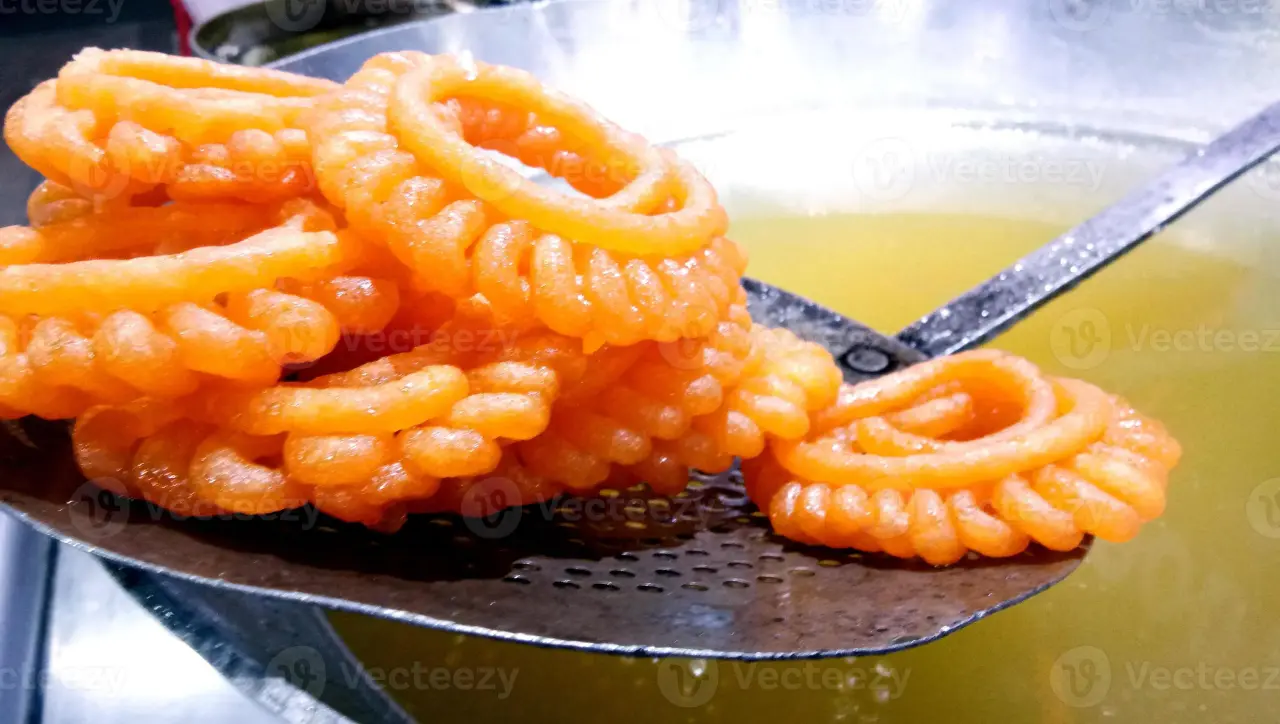
Where Imarti fits into UP’s dessert culture
Imarti is not just a sweet; it is a cultural emblem of Jaunpur. Just as Banaras is proud of its kheer and Mathura of its peda, Jaunpur proudly celebrates its Imarti, making it a dessert deeply tied to identity and tradition.
Imarti Magic: Jaunpur’s Answer to the Jalebi
What makes Imarti different from Jalebi
Though both sweets look similar at first glance, Imarti is made from urad dal batter, while Jalebi uses maida (refined flour). Imarti is thicker, juicier, and has a flower-like shape compared to Jalebi’s thin spirals. Its flavor is richer and less tangy, often described as more “wholesome.”
Origin of Imarti in Jaunpur
Imarti has been prepared in Jaunpur kitchens for centuries, often as a royal or festive sweet. Historical accounts suggest that the sweet gained popularity during Mughal rule, later becoming a household favorite in eastern Uttar Pradesh.
Why locals call it Jaunpur’s pride sweet
For the people of Jaunpur, Imarti is more than dessert—it is a matter of pride and tradition. Weddings, religious functions, and fairs in the region are incomplete without the presence of freshly fried Imartis served hot with syrup.
Ingredients and Recipe of Imarti
The key ingredients
- Urad dal (black gram split) – soaked and ground into a smooth batter.
- Sugar – to prepare the syrup.
- Desi ghee or oil – for frying.
- Cardamom and saffron – for aroma and richness.
Traditional method of preparation
- Urad dal is soaked overnight and ground into a smooth paste.
- The batter is whipped until fluffy for perfect texture.
- The mixture is poured into a cloth with a small hole (like a piping bag).
- Circular flower-shaped loops are piped into hot ghee.
- Once crisp, they are dipped in warm sugar syrup flavored with cardamom and saffron.
Secrets to making a perfectly crisp yet juicy Imarti
- The batter must be well-aerated for lightness.
- Frying should be done at medium flame to ensure even cooking.
- The sugar syrup should be warm, not too hot, to allow proper absorption.
Cultural Significance of Imarti in Jaunpur
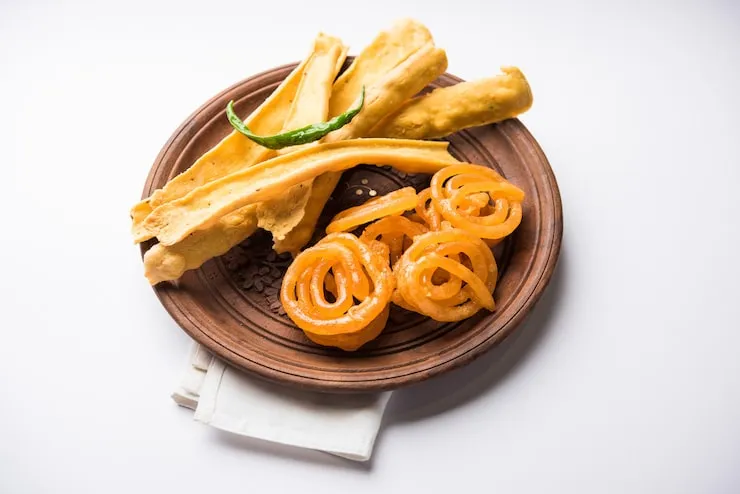
Festivals and celebrations featuring Imarti
During Diwali, Holi, Eid, and Dussehra, sweet shops in Jaunpur overflow with Imarti demand. Families buy them in bulk to share with neighbors and guests, symbolizing togetherness.
Imarti as a must-have in weddings
In Jaunpur weddings, Imarti is a star dessert. Alongside gulab jamun and rasgulla, trays of Imarti are served to guests as a mark of hospitality and sweetness in relationships.
Symbol of heritage and hospitality in UP
Serving Imarti in Jaunpur is not just about taste—it is about honoring traditions. Offering a guest Imarti with milk or rabri is seen as the ultimate gesture of warmth and respect.
Imarti vs Jalebi – A Sweet Rivalry
Texture, taste, and preparation differences
- Imarti: Made from urad dal, thicker, softer inside, crisp outside.
- Jalebi: Made from maida, thinner, tangier, with more crunch.
Read Also: Meerut’s Winter Charm: Revdi Recipe to Warm Your Heart
Which one is healthier?
Imarti is slightly more nutritious because of urad dal protein, but both are deep-fried and sugary, making moderation the key.
The emotional connection
In North India, Jalebi may be the star at roadside stalls, but in Jaunpur, Imarti is the undisputed king. The rivalry is sweet, yet each holds its own unique charm.
Where to Find the Best Imarti in Jaunpur
Famous sweet shops in Jaunpur
Thatheri Bazaar and Shahganj market are famous for their authentic Imarti.
Local halwais (sweet makers) who have been making it for generations keep the tradition alive.
Tips for enjoying freshly made Imarti
- Always eat Imarti freshly fried and warm.
- Pair with rabri, milk, or even curd for a delightful experience.
- Avoid storing for too long as it loses its crispness.
Travel and food tourism around Jaunpur
Food enthusiasts visiting Uttar Pradesh should not miss Jaunpur’s food streets. From Imarti to kebabs and other regional delights, Jaunpur is a hidden gem for culinary tourism.
Expert Insights and Local Voices
Quotes from local halwais
“Imarti is not just a sweet; it is our family tradition. Every batch we make carries the taste of Jaunpur’s heritage,” says a fourth-generation halwai in Shahganj.
Culinary experts on why Imarti is unique
Food historians note that Imarti’s preparation technique and urad dal base make it richer and more filling than jalebi, which is why it has survived centuries of changing food trends.
Food bloggers’ take
Many Indian food bloggers call Imarti “a hidden treasure of Uttar Pradesh,” urging travelers to taste it at its source in Jaunpur for the authentic experience.
Conclusion
Imarti Magic: Jaunpur’s Answer to the Jalebi is more than a sweet—it is a symbol of Jaunpur’s culinary pride and Uttar Pradesh’s rich food culture. With its unique texture, festiv importance, and historical roots, Imarti continues to charm locals and visitors alike.
FAQs on Imarti Magic: Jaunpur’s Answer to the Jalebi
Q1. What is the difference between Imarti and Jalebi?
Imarti is made with urad dal and has a flower-like shape, while Jalebi is made with maida and has thin spirals with a tangy taste.
Q2. Is Imarti only popular in Jaunpur?
While Imarti is made in many parts of India, Jaunpur in Uttar Pradesh is especially famous for its authentic version.
Q3. Can Imarti be made at home easily?
Yes, though it requires practice. The batter must be aerated properly, and shaping requires a steady hand.
Q4. Which festivals in UP celebrate Imarti the most?
Imarti is widely enjoyed during Diwali, Holi, Dussehra, Eid, and weddings.
Q5. Is Imarti healthier than Jalebi?
Imarti has more protein due to urad dal but is still deep-fried and sugary, so it should be eaten in moderation.



